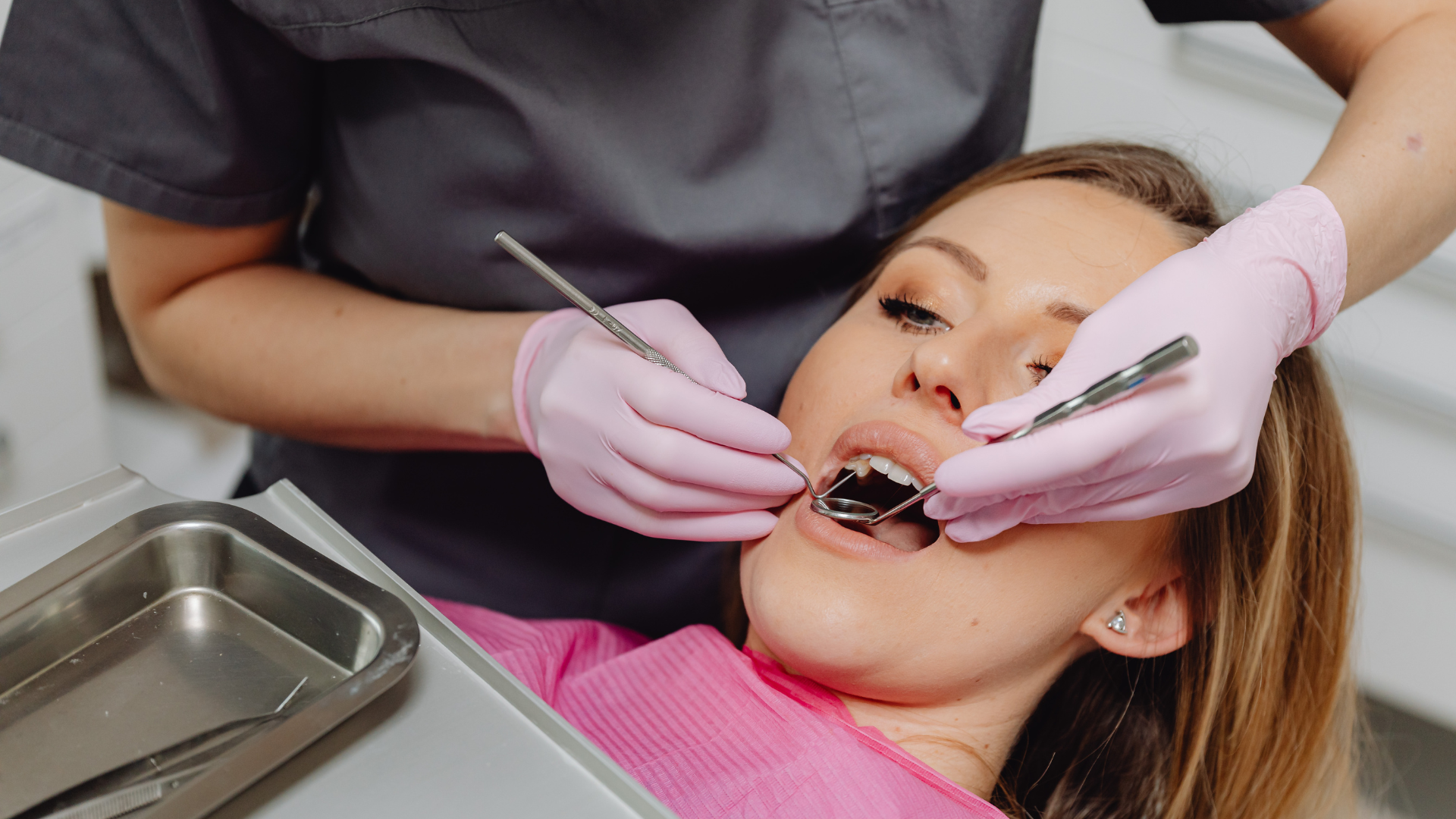Periodontal Surgery: Delving Deep to Ensure Dental Wellness
Periodontal Surgery: Delving Deep to Ensure Dental Wellness
When it comes to oral health, the limelight often rests on the teeth. However, the structures that hold these teeth in place—the gums, ligaments, and bones—are equally crucial. A periodontist specializes in these foundational elements, and when these structures are compromised, periodontal surgery may be recommended. Let’s unravel the intricacies of periodontal surgery and its pivotal role in maintaining dental health.
Understanding Periodontal Disease
Periodontal disease, commonly known as gum disease, is an inflammatory condition affecting the gums and, in advanced stages, the bone supporting the teeth. It often begins as gingivitis, a milder form that only affects the gums. If not treated, it can advance to periodontitis, resulting in potential tooth loss and other health complications.
Why Periodontal Surgery?
Periodontal surgery becomes necessary when the tissue around the teeth is unhealthy and cannot be repaired with non-surgical treatment. The goals are:
- To stop the disease from causing further damage.
- To regenerate lost bone and tissue.
- To reduce pockets formed between gums and teeth.
- To improve the appearance of the gum line.
Common Types of Periodontal Surgery
Pocket Reduction or Flap Surgery: Over time, deep pockets may form between the gum and teeth, becoming breeding grounds for bacteria. In flap surgery, the gums are lifted back to remove the tartar buildup. The gums are then sutured back in place to reduce the pocket space and make it easier to clean.
Gum Grafts: Receding gums can expose the roots of the teeth, leading to sensitivity and an increased risk of root decay. In this procedure, tissue (often taken from the roof of the mouth) is used to cover the exposed roots.
Regenerative Procedures: This involves folding back the gum tissue and removing bacteria. Bone grafts, membranes, or tissue-stimulating proteins can be used to encourage the body's natural ability to regenerate bone and tissue.
Crown Lengthening:
Sometimes, there's not enough tooth exposed to affix a crown. This procedure reshapes the gum and bone levels to expose more of the tooth.
The Aftermath of Surgery
Recovery varies depending on the type of surgery and one's overall health. Swelling, pain, and minor bleeding are common post-operative symptoms. Following post-operative care guidelines, including dietary modifications and proper oral hygiene, can expedite healing and ensure successful outcomes.
In Conclusion
Periodontal surgery plays a pivotal role in the holistic maintenance of oral health. It delves deep into the foundational structures of our teeth, ensuring that the gums, ligaments, and bones are in optimal health. With the expertise of a periodontist specialist, these procedures pave the way to a future of radiant smiles and robust dental wellness.




